from fruitychutes.com
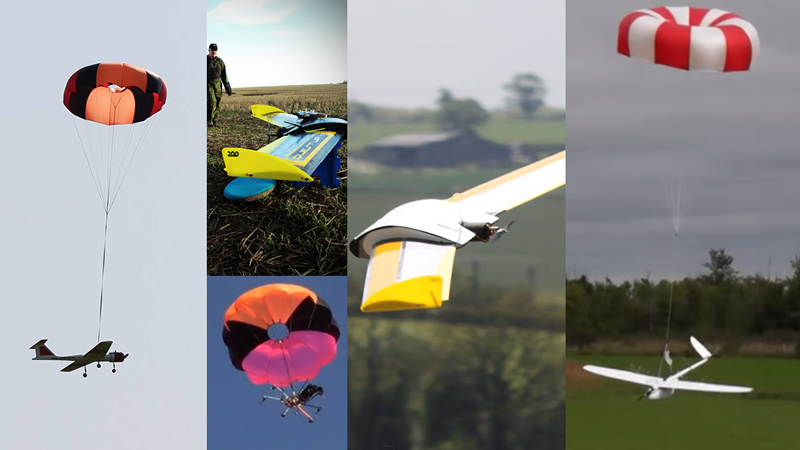
The emerging UAS industry (aka drones) is experiencing an era of rapid growth as of 2014. The Teal Group published a forecast this year that the industry will grow in excess of $91B over the next 10 years. That may be low! Not only is the number of products offered exploding, but the value, size and weight of these systems is also increasing rapidly. In addition there are growing concerns about the safety and reliability of these systems and the desire to offer a means of safely recovering these systems in the event of a failure, or if there is a lack of suitable safe landing areas. The most cost effective method to mitigate these concerns is the simple and humble parachute. With this in mind I wanted to write a paper introducing the reader to many of the concepts to take into consideration. Also to help understand the choices available with various recovery technologies, their advantages, and disadvantages. We at Fruity Chutes have been making recovery systems for small to medium size UAS since 2009 and currently have shipped thousands of parachute systems around the world.
The key factors driving the need for parachute recovery systems are:
Value can be very high – Not only are the airframes valuable but the payloads can be even more valuable. Total system values of $20K are commonplace. Many commercial UAS can have total systems values as high as $500K when you consider exotic imaging sensors, professional cinematography equipment, or advanced sensor technology.
Suitable Landing Area – In many situations the UAS may be used in areas where there is no way to land it. Fixed Wing UAS in particular can have issues when used in remote locations and where there is no landing field. In this case a parachute system becomes the primary recovery method.
Safety – As these systems grow in weight and size having them crash when something goes wrong is not a good idea. In our current litigious society many UAS providers and users equip their system with a backup recovery system. Some have found that providing a recovery system lowers the operational liability insurance premium by more than the cost of the recovery system, it is a win-win.
Government Regulatory – Many countries aviation rules are now mandating that UAS must include a backup means of recovery in the event of some sort of failure. Countries included are France, Canada, Australia, United Kingdom and others are following suit soon. Many of the EU countries are looking closely at this requirement and expected to enact rules mandating this. In the United Stated it’s only a matter of time before the FAA takes this up as well and mandates a similar rule in order to mitigate public safety concerns.
While many UAS users and businesses have thought about parachutes as a method of recovery, most have less understanding about the types of products being offered, the deployment methods, and what are the best products to use depending on the type of UAS.
Factors to consider for a UAS Parachute Recovery System include:
Continue Reading at: fruitychutes.com…
Alan is serial entrepreneur, active angel investor, and a drone enthusiast. He co-founded DRONELIFE.com to address the emerging commercial market for drones and drone technology. Prior to DRONELIFE.com, Alan co-founded Where.com, ThinkingScreen Media, and Nurse.com. Recently, Alan has co-founded Crowditz.com, a leader in Equity Crowdfunding Data, Analytics, and Insights. Alan can be reached at alan(at)dronelife.com

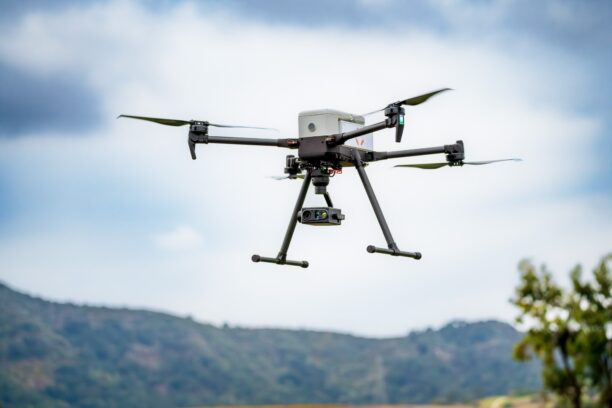
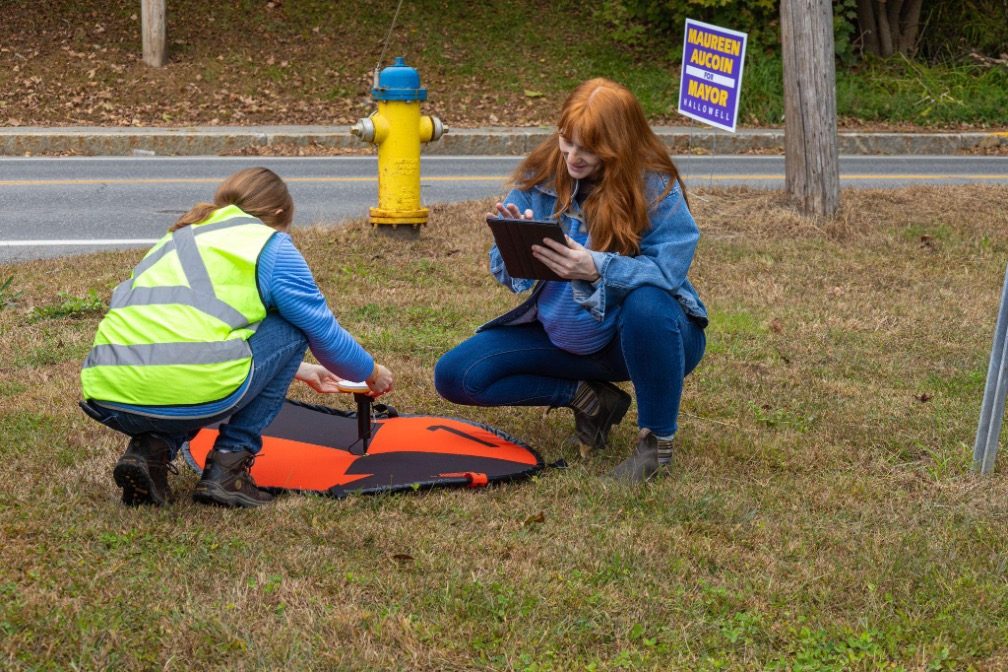
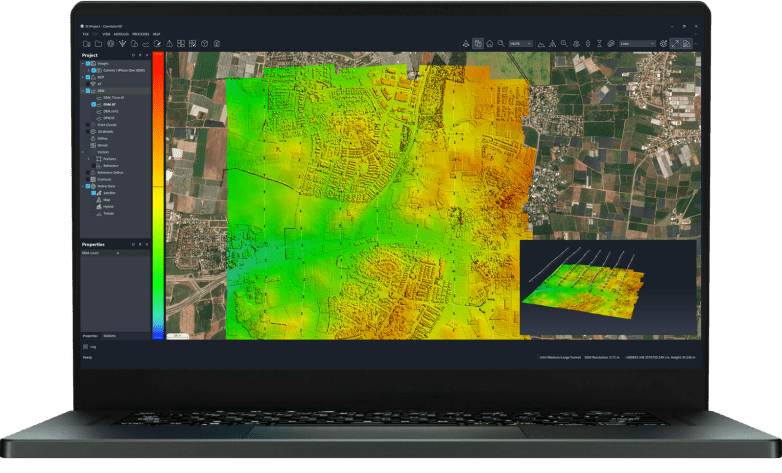
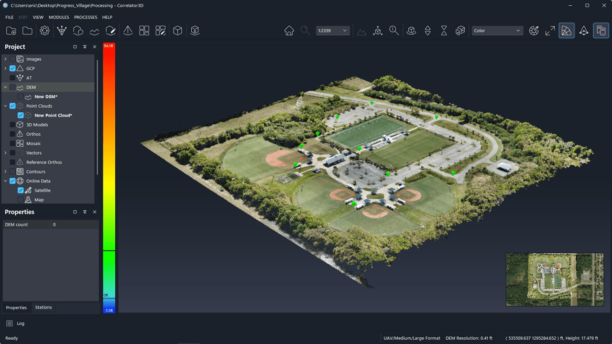
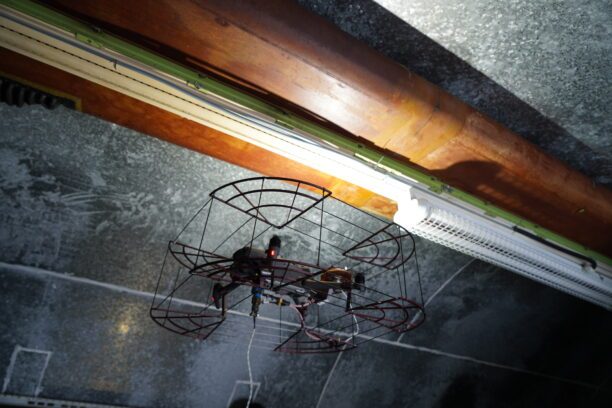
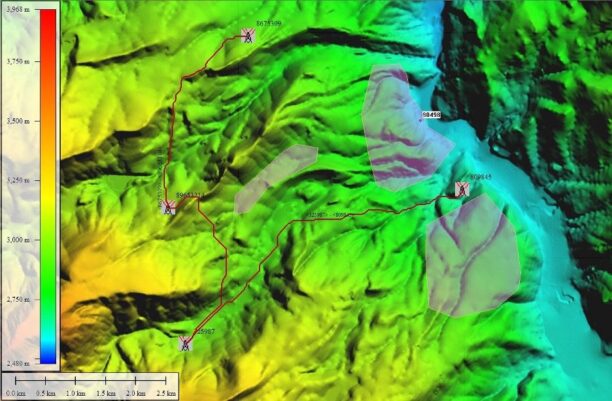
Leave a Reply